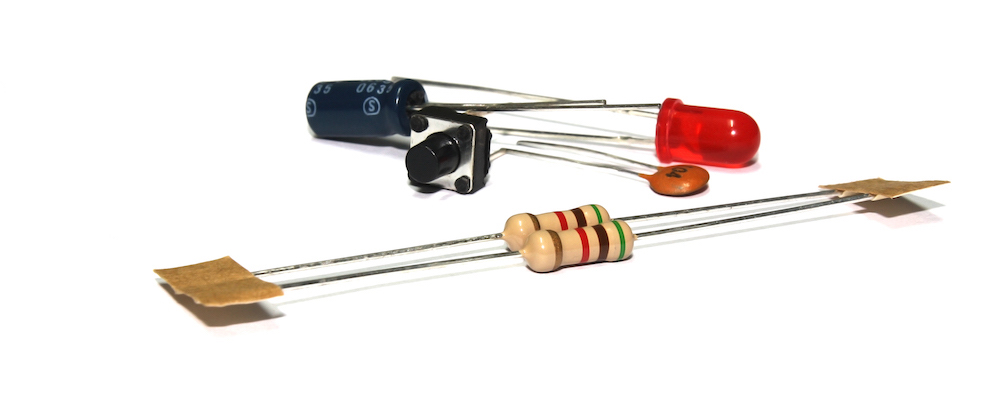How to Test a Thermistor

Thermistors are used to measure changes in temperature and deliver changes in electrical resistance in response. Because these thermally sensitive resistors aim to maintain an absolute temperature for electronics and machinery, it is vital to ensure they are working properly at all times. Learn about how testing a thermistor can keep your electronics running at optimal performance.
Thermistor Failure Symptoms
Thermistors are typically used to regulate cold and heat, but they can also be used for measuring voltage, volume, and circuit protection. Many types of products rely on these resistors to maintain efficiency and proper functionality. The most common way to know if a thermistor is bad if it starts displaying inaccurate temperature readings. This can be caused by excessive heat, improper handling, a thermal mismatch, or a dip in resistance accuracy due to regular use and age. An open circuit can also lead to thermistor issues.
Common problems that can occur with thermistors include:
- Open circuit: This occurs when the thermistor is broken and there is no continuity between the two leads.
- Short circuit: This occurs when the thermistor is touching itself and there is no resistance between the two leads.
- Incorrect resistance: This occurs when the thermistor is not the correct resistance for the application.
Testing a Thermistor
To check the accuracy of your thermistor, you will need:
- A thermistor
- A heating device of any kind, such as a blow dryer or space heater
- A multimeter with an ohmmeter
Once you have your materials, you can begin evaluating your thermistor in a few quick steps.
- Step 1: Make note of the current reading on your thermistor.
- Step 2: Change the resistance value to its rated resistance value. If you cannot set to the rated value, this is an immediate sign that you are in need of a new thermistor.
- Step 3: Apply heat to the thermistor and watch for changes. Thermistors should be able to adjust in seconds, so ff you do not see immediate resistance fluctuation, your product is faulty.
Why Test Your Thermistor?
Some of the benefits of testing a thermistor with a multimeter include:
- Helping to identify problems with thermistors. If a thermistor is faulty, it can cause problems with electrical equipment. Testing thermistors with a multimeter can help to identify these problems so that they can be repaired.
- Helping to prevent electrical accidents. Electrical accidents can be caused by faulty thermistors. Testing thermistors with a multimeter can help to identify faulty thermistors so that they can be replaced.
- Helping to improve the reliability of electrical systems. By testing thermistors regularly, you can help to ensure that they are in good condition and that they will not cause problems in the future.
Your Trusted Experts for Military-Grade Electronics
Gateway Cable Company is the industry leader in military-grade electronics and power distribution. If you’re looking for connectors, plugs, receptacles, or cable assemblies, contact us for a custom quote today.
